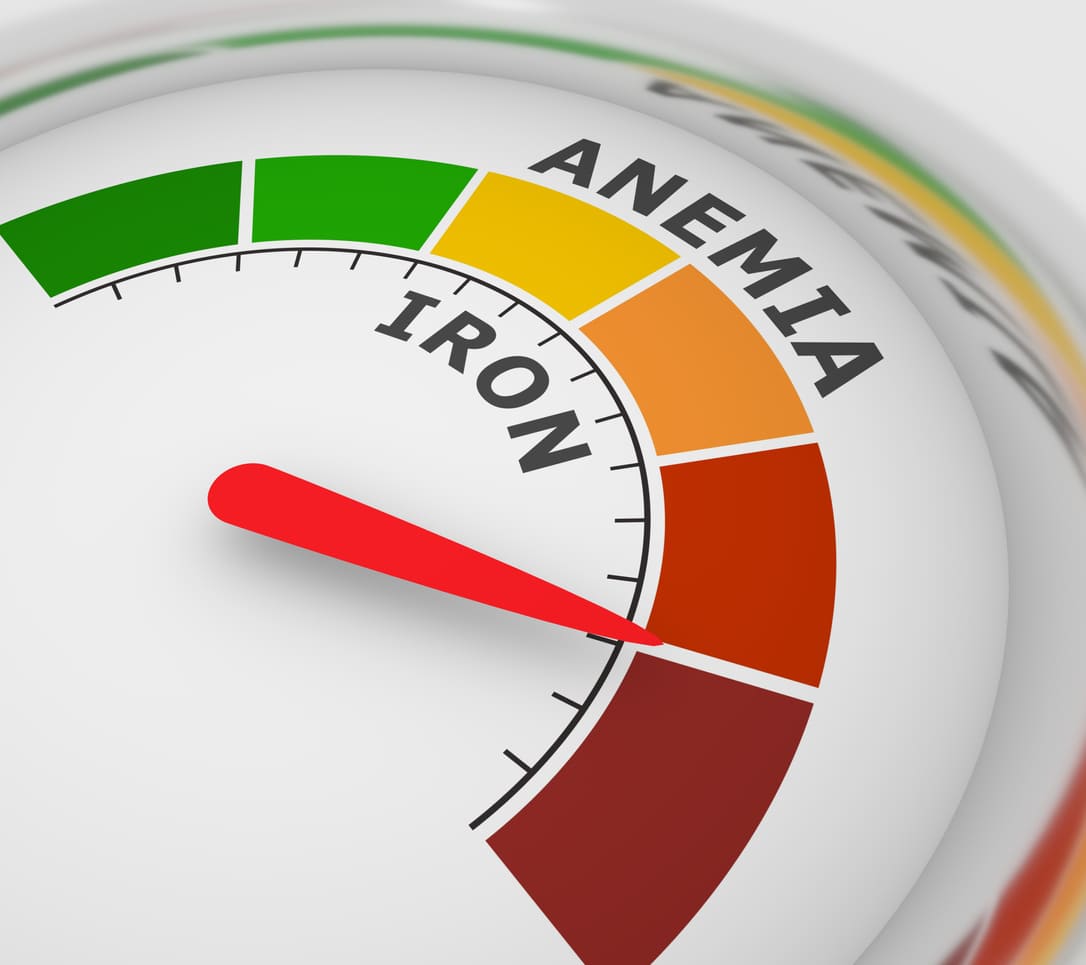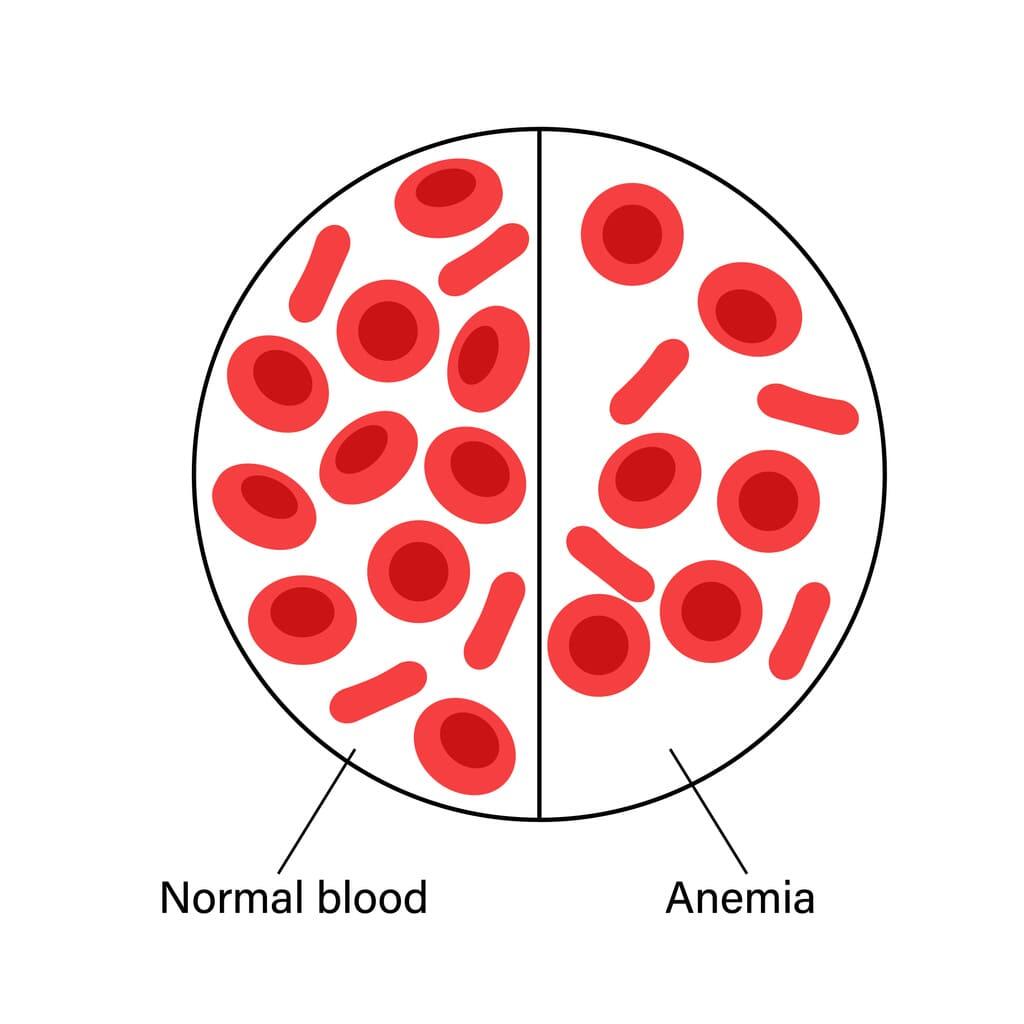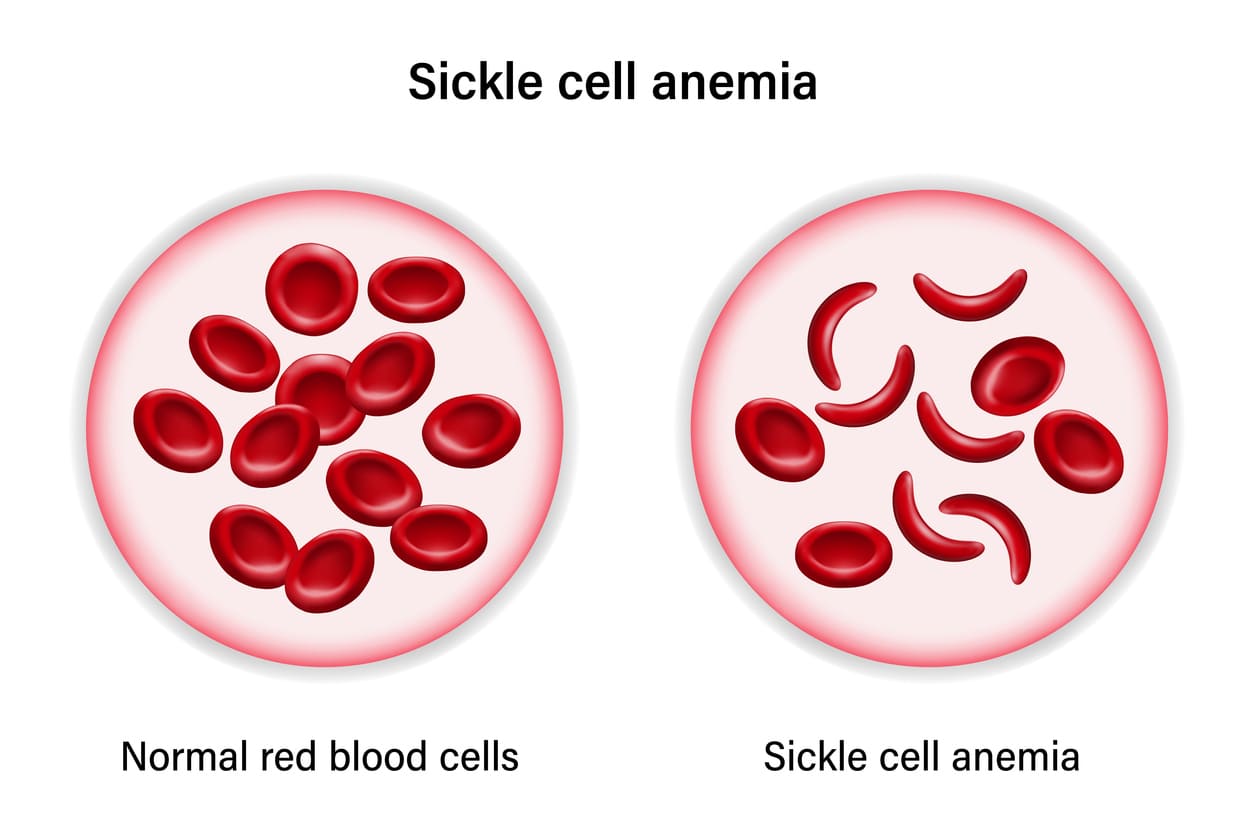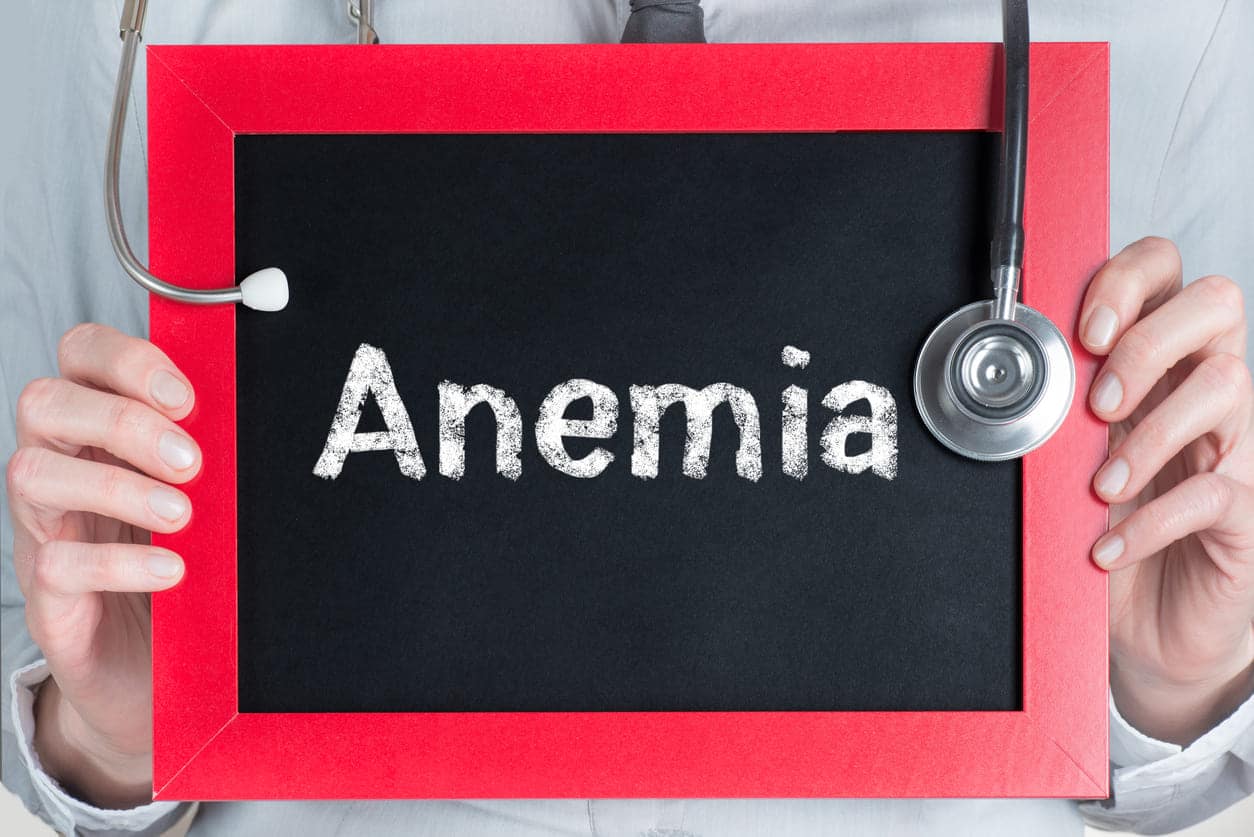Human blood is made up of several types of blood cells, each with its own tasks. Red blood cells deliver oxygen to the tissues and transport carbon dioxide to the lungs to be exhaled. They have a natural lifespan of around 120 days, and approximately 1% of the red blood cells are replaced each day in a healthy circulatory system.
The substance in the cells that facilitates the transfer of gasses and gives red blood cells their red color is an iron-rich protein called hemoglobin. Anemia can be caused by either a reduction in the number of red blood cells or a deficiency in hemoglobin levels within the red blood cells. Some individuals may be diagnosed with anemia due to medical test results without ever experiencing outward symptoms.
A significant number of circumstances and disorders can lead to anemia. This condition can be temporary, triggered by an infection, a reaction to medications, or caused by a depletion due to bleeding. In these cases, it can be treatable by treating the underlying symptoms. It can also be caused by chronic diseases, autoimmune disorders, or rare genetic conditions. These illnesses are more difficult to diagnose and treat and can lead to chronic anemia symptoms.
Symptoms of Anemia

The symptoms of anemia are typically similar despite different triggers. While similar in nature, these symptoms can range from so mild that they go unnoticed by the patient themselves to life-threatening. The severity of symptoms depends upon multiple factors, including the cause of the anemia, the patient’s overall health, and the duration of the disorder.
Some symptoms that may be experienced due to anemia include:
- Chest pain
- Cold extremities
- Frequent infections
- Hair loss
- Dizziness
- Fainting
- Fatigue
- Headaches
- Heart rate irregularities
- Jaundice
- Lightheadedness
- Pale skin
- Restless leg syndrome
- Shortness of breath
- Trouble concentrating
- Weakness
If you or your loved ones experience symptoms of anemia, set an appointment to get your blood tested even if your symptoms have resolved. In some cases, depending on the underlying condition, anemia may resolve on its own. In others, the symptoms may resolve, but the underlying condition may still affect the health of the red blood cells.
Extreme cases of untreated anemia can lead to:
- Acute exhaustion
- Failure to thrive (in infants and children)
- Pregnancy complications
- Permanent damage to the heart
- Severe depression
- Death
Causes of Anemia

Anemia can be triggered by many circumstances and conditions, from dietary deficiencies to genetic predisposition. While the symptoms of anemia are similar, the triggers, and therefore the treatments, are much less consistent. Let’s explore some of the more common types and triggers of anemia and how each might be treated.
Excessive Blood Loss
Excessive blood loss may deplete red blood cells more quickly than they can be replaced, leading to an imbalance of hemoglobin. Causes such as external lacerations, hemorrhoids, heavy menstruation, or surgical blood loss are easily visible. As you might see with ulcers and other gastrointestinal perforations or inflammation, internal bleeding may remain hidden until diagnosed by a medical professional.
Vitamin or Mineral Deficiencies
People can become deficient in vitamins and minerals due to either dietary insufficiency or nutrient malabsorption. Iron deficiency is by far the most common cause of anemia. Iron is one of the key components of hemoglobin. Without hemoglobin, the red blood cells become ineffective. Non-dietary causes of iron deficiency can include intestinal inflammation, gastric bypass surgery, radiation therapy, chemotherapy, celiac disease, and ulcers.
A lack of vitamin B9, better known as folate, and B12 can cause the formation of oversized red blood cells. These oversized cells are often malformed and short-lived, and in addition, many are so malformed that they are ineffective.
Pernicious anemia is an autoimmune disorder that targets the cells required to process vitamin B. Other non-dietary circumstances that can cause vitamin B deficiencies include excessive alcohol intake, celiac disease, gastric bypass surgery, a shortened gastrointestinal tract, or certain anti-seizure medications.
Vitamin B12 deficiencies are more common in older individuals. Treatment typically involves treating underlying conditions, fine-tuning the diet, and supplementation. Patients who cannot absorb the nutrient naturally may need it to be administered via injection. Always talk to your doctor before taking supplements to ensure it is the best course of action for your situation.
Aplastic Anemias

Aplastic anemias occur when the bone marrow can’t create enough new blood cells. They can result from inherited genetic disorders that appear in childhood, like Fanconi anemia and dyskeratosis congenita, or they may be acquired later in life. Other conditions that can affect the ability of the bone marrow to create red blood cells include:
- Autoimmune disorders
- Exposure to heavy metals or radiation
- Medications (certain antibiotics and anticonvulsants)
- Pregnancy
- Specific infections like hepatitis, Epstein-Barr virus, or HIV
A bone marrow biopsy may be required to diagnose this type of anemia, and treatments can vary based on the cause and severity of the condition. Transfusions of red blood cells and platelets can help mitigate symptoms but won’t stimulate the bone marrow to create new cells. Immunosuppressants may be prescribed for autoimmune disorders, allowing the attacked cells time to heal.
A stem cell transplant may be recommended in rare cases, but this treatment is not without risks. It requires the destruction of the diseased bone marrow, temporary immune system suppression, and a lengthy hospital stay. Even then, transplanted bone marrow is often rejected by the patient’s body, leading to dangerous complications.
Sickle Cell Anemia

Sickle cell anemia is an inherited disease that causes some red blood cells to develop a rigid, sickle shape. These rigid, sticky cells are more likely to clump together, resulting in dangerous blockages. They also typically have a shortened life span of only 10-20 days, resulting in a scarcity of red blood cells. Symptoms of sickle cell anemia typically start in the first year of life.
There is no consistent cure for this disease. Broad-spectrum antibiotics like penicillin may be suggested to prevent dangerous infections. Several medications have been approved to help reduce the number of painful episodes related to sickle cell anemia, including L-glutamine oral powder, hydroxyurea, and pain-relieving narcotics. Stem cell transplants are occasionally effective when administered to children and teenagers.
There are hundreds of variations of this condition, which can be triggered by anything from a chronic bloody nose to a congenital genetic disorder. Mild cases of anemia may result in few, if any, symptoms, but severe cases can be debilitating. Even mild cases of anemia should be explored with your physician to prevent more serious complications from developing.
Read Next:
Never Forget: 6 Ways to Improve Cognitive Function and Memory







